Collecting 101: Antiquarian Maps
We asked Swann maps specialist Caleb Kiffer a few questions about what to consider when purchasing an antique map.
How important is the map maker when considering a map?
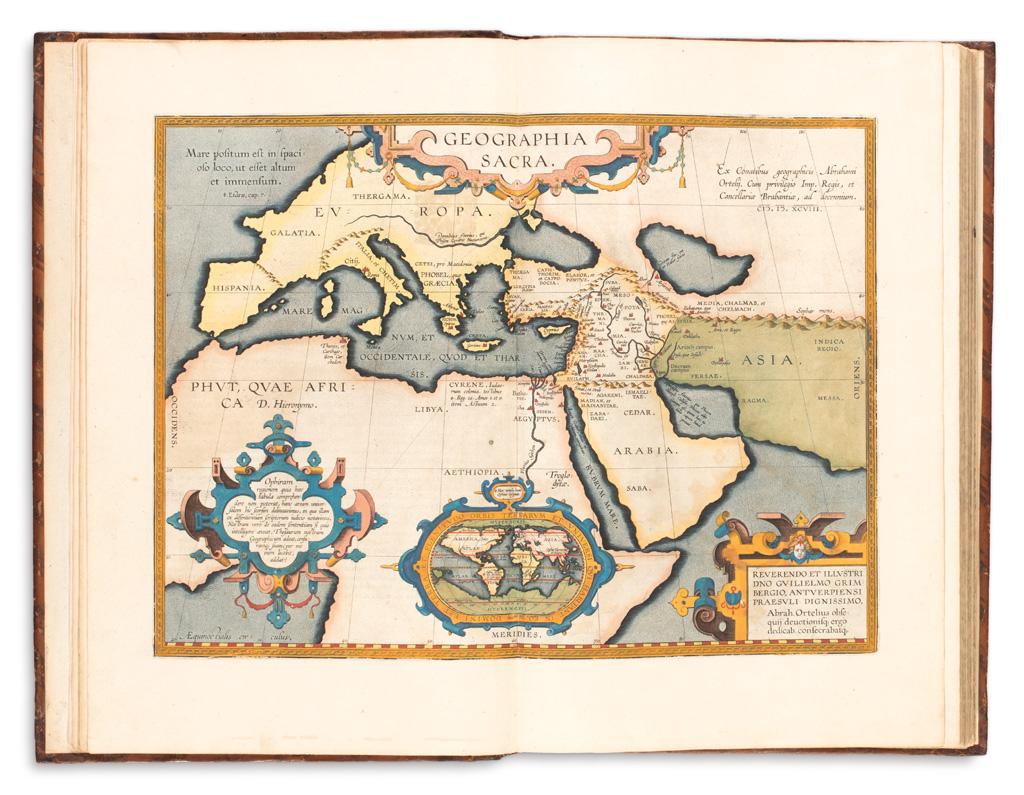
There are names that are synonymous with map collecting that everyone knows—Ortelius, Blaeu, Mercator, Moll, Mitchell, Colton, etc. Recognition is important, but there are plenty of makers that are less frequently talked about whose maps would present no less beauty or historical importance than the famous guys.
What time period is considered the best for collecting?
The sixteenth and seventeenth centuries are commonly referred to as the “Golden Age of Dutch Cartography,” and for good reason, as there was such a wealth of new discoveries to be charted and paired together with the period’s scientific and artistic innovation, hugely important maps were published during this time. However, if your interest in collecting lies in, say, the developing history of California, your main period of interest will be the eighteenth and nineteenth centuries.
Does the area the map represents matter?
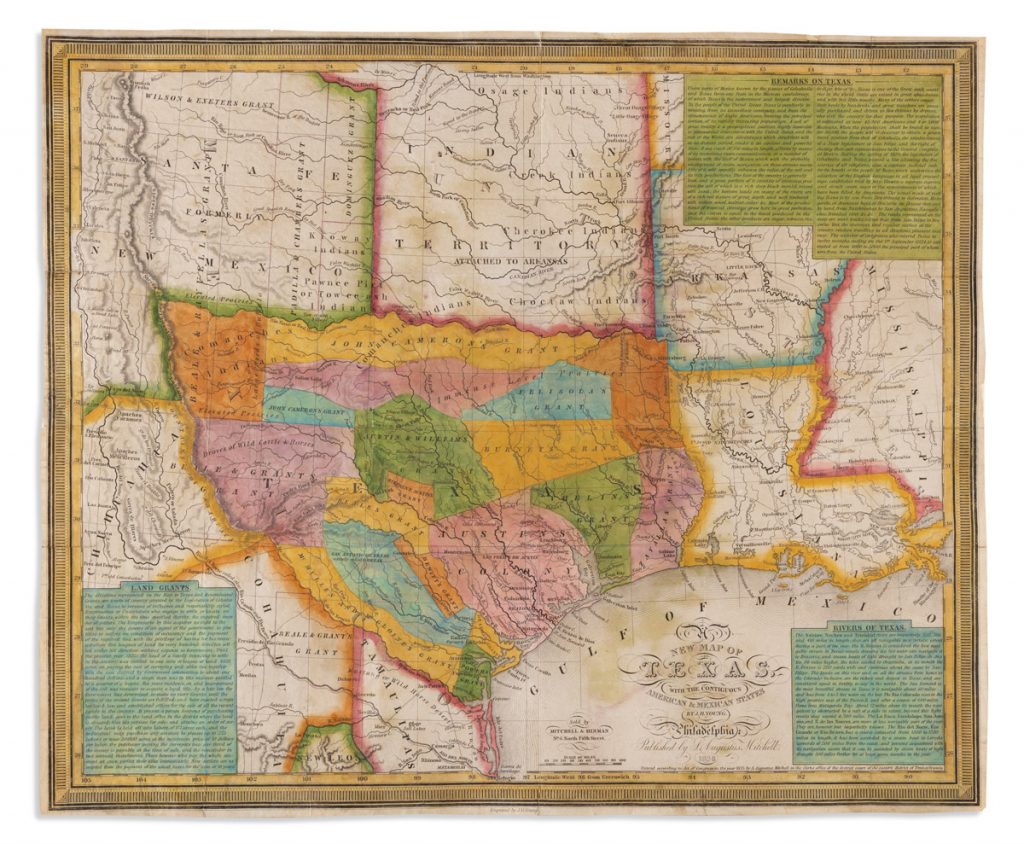
Personal resonance is what I feel should be the driving factor when deciding on purchasing an antique map. Something that shows where your family is originally from, where you lived for a couple of years in your 20s, a gift for good friends who honeymooned in a far-off place. If you have a connection with the place you’re looking at on a map, the relationship you feel with it will be that much deeper. It’ll make you smile every time you see it, and that’s the kind of relationship we should all have with our artwork. On a broader scale, the area the map represents absolutely matters.
What does the size say about a map?
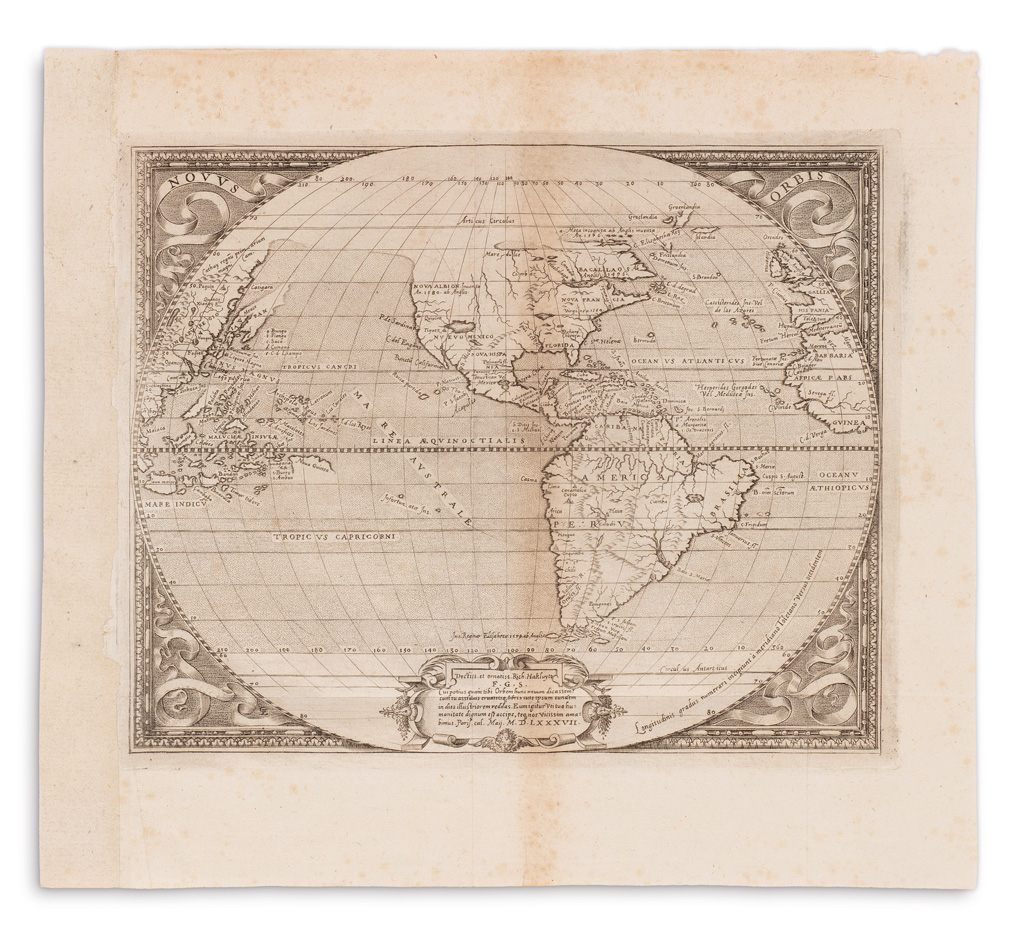
Bigger isn’t always better! One of my favorite, most successful maps wasn’t even 10×10 inches. But big maps can be very valuable and sought-after too, such as Chatelain’s beautiful map of the Americas, which is over four and a half feet wide.
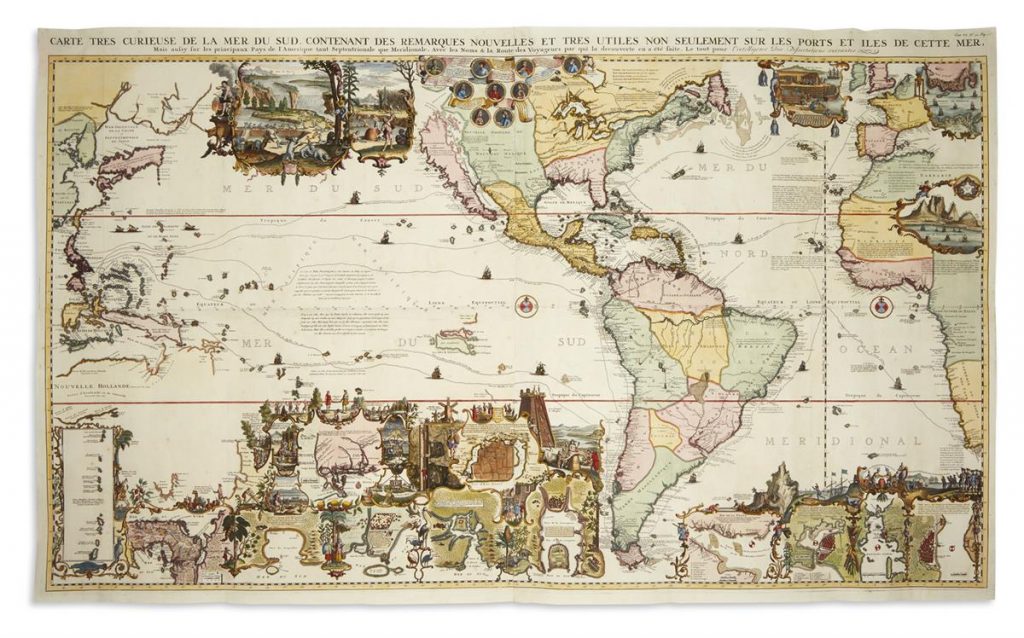
Does the condition matter?
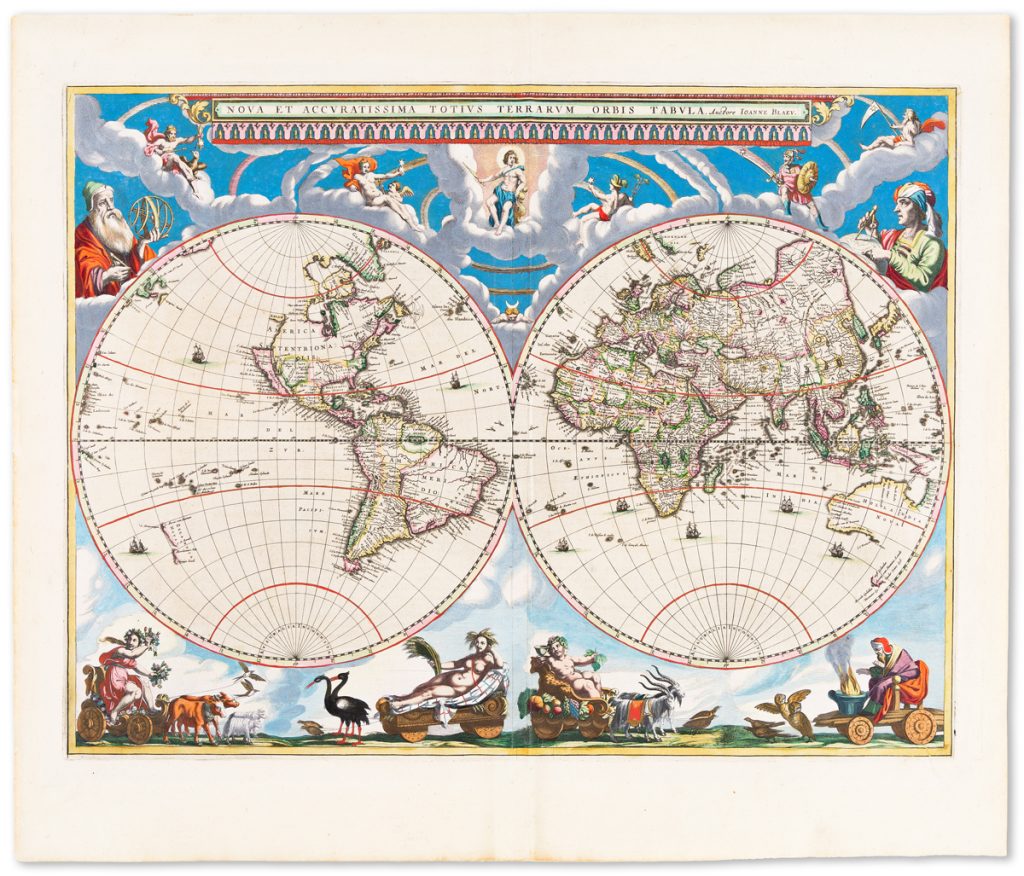
Condition is important, absolutely—top condition can almost certainly always command top prices and it’s hard not to be tempted to add something new to your collection with virtually no flaws. This Blaeu double-hemisphere world map is a perfect example. Of course things can go the opposite direction too, when an item has such historical significance that bidders decide the “pretty rough” condition is no concern, as we saw happen with our working copy of Lewis Evans’ Map of the Middle British Colonies.
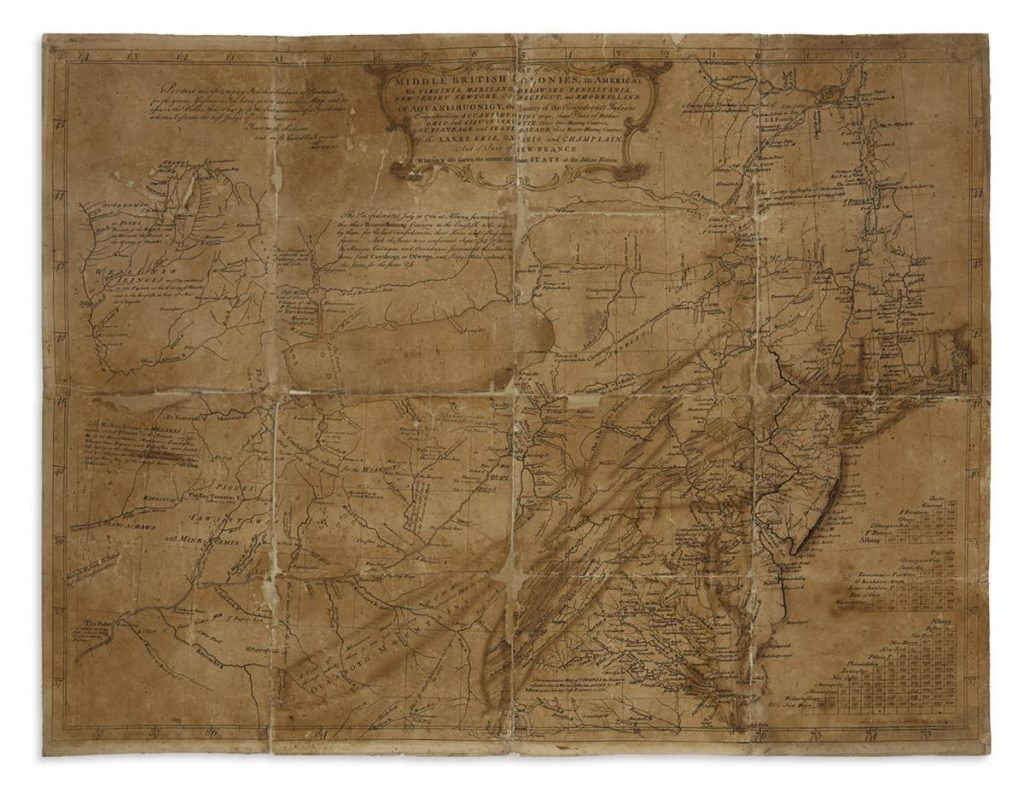
How to know if your map is authentic?
There’s nothing better to rely on than experience handling this kind of material. It becomes second nature to “just know,” but there are key things to look for to identify a real map versus a reproduction. Paper stock and quality, watermarks, platemark impressions, types of inking, etc.
In what way does rarity factor in?
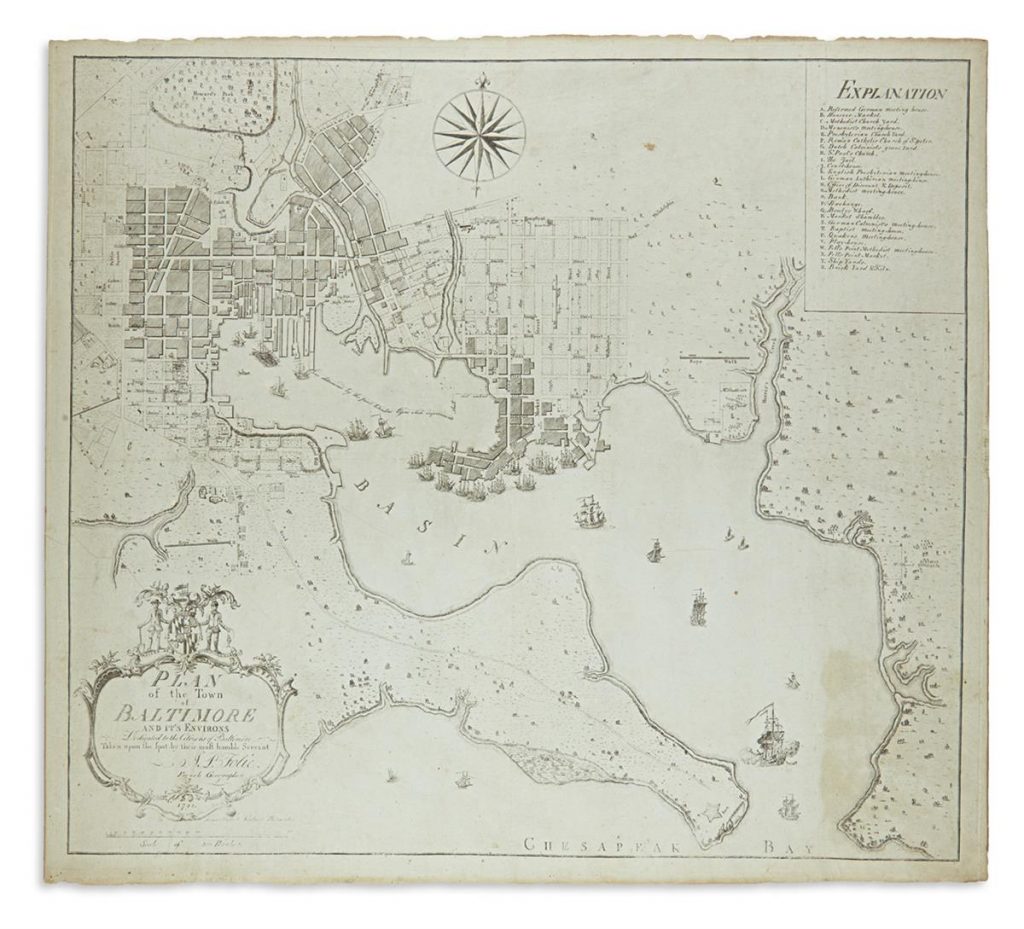
A former mentor was wont to say that calling something rare is the refuge of the uneducated dealer. Much more plays into taking an average item to a great item: Historical and cultural significance, i.e., does this map have new printed information which is being seen for the first time by its viewers? Also, Its overall attractiveness; some things are worth a glance, and other things are hard to take your eyes off of. Condition is a factor as well, as we covered earlier. And then finally, rarity. When all four of these aspects come together into one item, it becomes an absolute standout, such as this eighteenth-century map of Baltimore or our darling little Hawaiian children’s atlas from 1840.
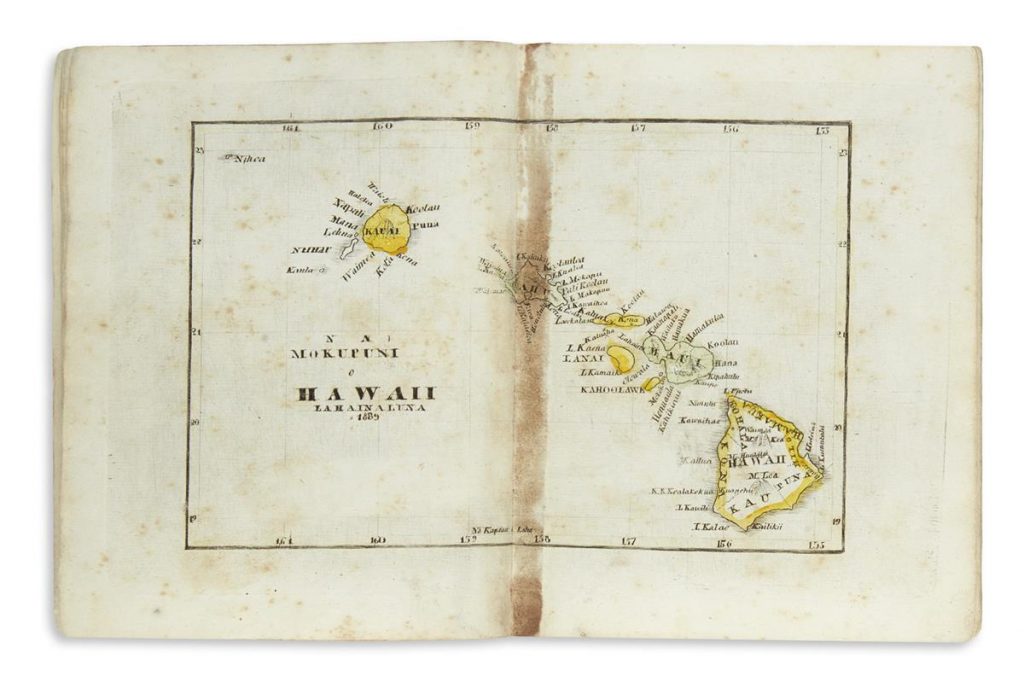
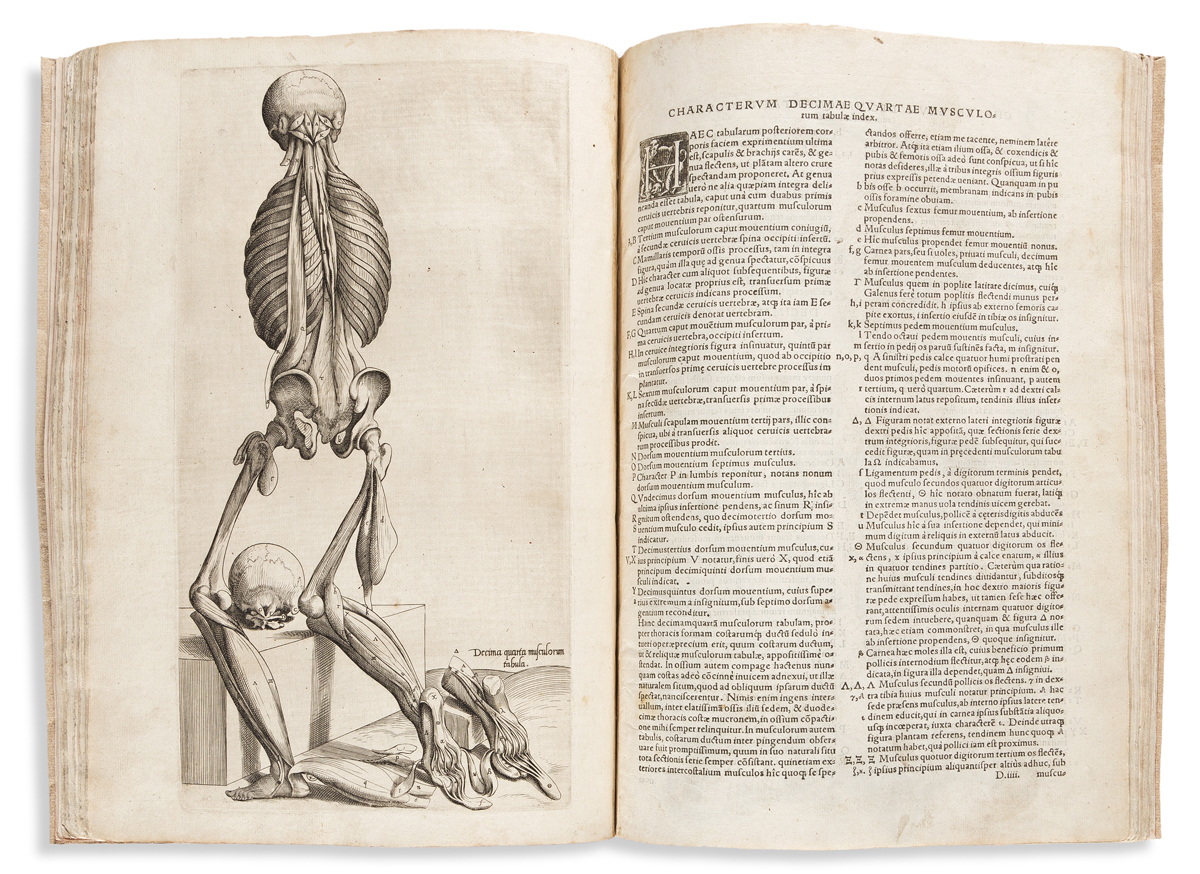

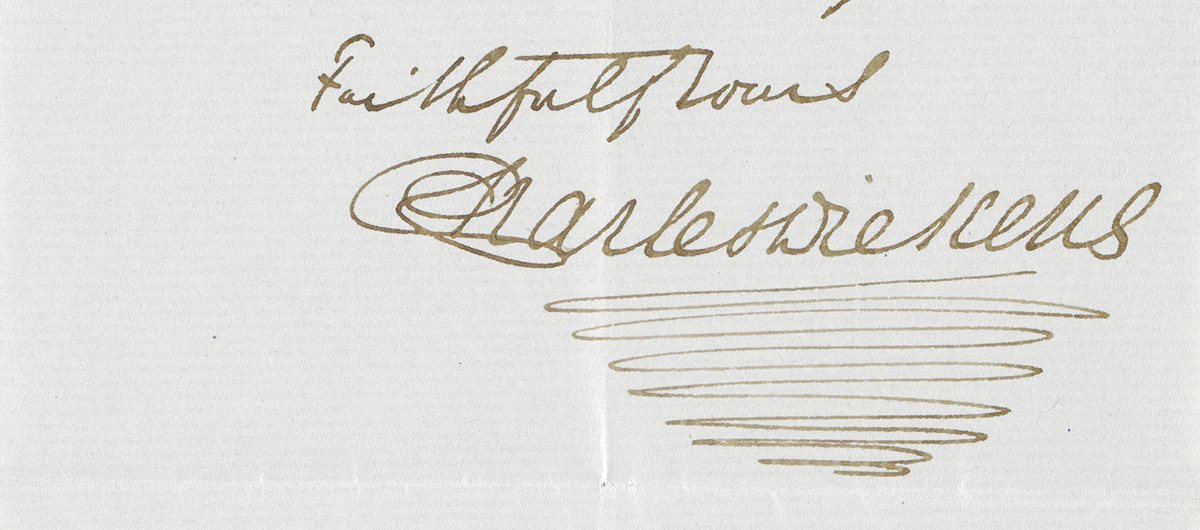





![Grace Meschery-McCormack shares about two copies of Fernando de Rojas’s ‘La Célestine,’ including a limited edition copy illustrated by Pablo Picasso.
At auction April 22. Learn more about the works at the link in our bio.
#Rarebooks #rarebookdealer #antiquarianbooks #auctions
_______________________________________
Music Credit:
Schubert - Piano Quintet in A major ‘The Trout’, D. 667 - IV. Andantino – Allegretto
Music provided by Classical Music Copyright Free on Youtube [https://tinyurl.com/visit-cmcf]
Watch: • Schubert - Piano Quintet in A major ‘...]](https://scontent-iad3-1.cdninstagram.com/v/t51.75761-15/491443494_18499096345036585_5935932878956098058_n.jpg?stp=dst-jpg_e35_tt6&_nc_cat=107&ccb=1-7&_nc_sid=18de74&_nc_ohc=Z9JEGkAXHREQ7kNvwGGUot6&_nc_oc=AdmJSnx8eY0WSW4ZCrMwPTmQIsTfafOSyYaXtUeWluHXKdvbxi2gWaQXyIMLUy6-JA4&_nc_zt=23&_nc_ht=scontent-iad3-1.cdninstagram.com&edm=AM6HXa8EAAAA&_nc_gid=sOlXGmyR_sjHZpKKW8671g&oh=00_AfGliuMLUVlwVzMCKk9TjEHYMpt2PUahB6IfEW7KpisF5g&oe=68091A91)









